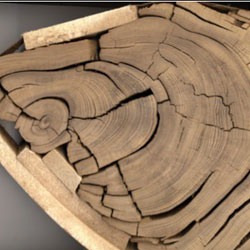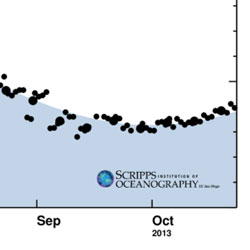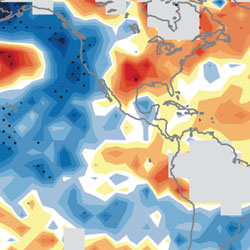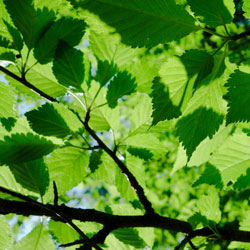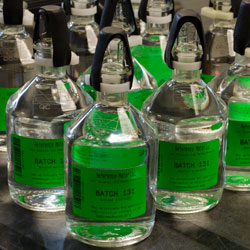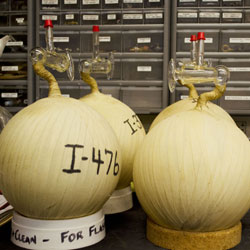A note on the current financial status of the Keeling Curve program and Scripps O2 program
What Does 400 ppm Look Like?
As atmospheric carbon dioxide levels rise, scientists look back four million years for answers on what to expect from climate
Comment on Slowdown in Rate of CO2 Emissions Rise
In response to a reader question on news of a slowdown in the rate of CO2 emissions rise, Scripps Institution of Oceanography, UC San Diego, geochemist Ralph Keeling said
Solving the Mysteries of Hiatus in Global Warming
Global mean temperatures have been flat for 15 years despite the increase in heat-trapping greenhouse gases, but a new Scripps study shows cooling in the equatorial Pacific Ocean explains the discrepancy
Seasonal CO2 Amplitude is Growing as More is Added to the Atmosphere
Northern Hemisphere terrestrial ecosystems are taking “deeper breaths,” according to a multi-agency study
How Much CO2 Can The Oceans Take Up?
A companion phenomenon of emitting CO2 into the atmosphere is the loading of the oceans with elevated levels of carbon dioxide created by fossil fuel burning and other human activities.
Why Does Atmospheric CO2 Peak in May?
Tim Lueker, research scientist in the Scripps CO2 Research Group, only needs one sentence to explain why atmospheric CO2 peaks in May.


